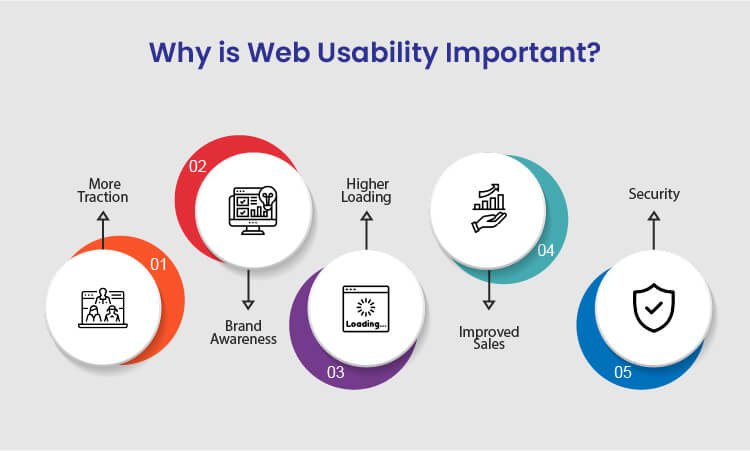Tech Versum: Explore the Future of Technology
Dive into the latest trends and innovations in technology with Tech Versum.
Usability Unplugged: Designing Websites That Speak Your Language
Unlock the secrets to user-friendly web design that captivates! Discover how to create websites that truly connect with your audience.
5 Key Principles of User-Centric Web Design
User-centric web design is an approach that prioritizes the needs and preferences of the end user throughout the development process. By focusing on usability and experience, designers aim to create websites that are not only visually appealing, but also easy to navigate. Here are 5 key principles of user-centric web design that can significantly enhance user engagement:
- Understand Your Audience: Conduct thorough research to identify the demographics, preferences, and pain points of your target users.
- Simplicity is Key: Strive for a clean, uncluttered design that allows users to focus on the content without unnecessary distractions.
- Responsive Design: Ensure your site is mobile-friendly and accessible across various devices to cater to users' diverse browsing habits.
- Consistent Navigation: Implement intuitive navigation that remains consistent across all pages, allowing users to find information effortlessly.
- Feedback Mechanisms: Include features that enable user feedback, so you can continuously refine the user experience based on real insights.

How to Create Intuitive Navigation That Enhances User Experience
Creating intuitive navigation is crucial for enhancing user experience on your website. To achieve this, start by organizing your content into clear categories that resonate with your audience. Use descriptive labels for your navigation menu items, avoiding jargon that may confuse visitors. Consider implementing a breadcrumb trail that allows users to easily backtrack to previous pages, which aids in understanding their location within your site. Additionally, ensure that your navigation is mobile-friendly by designing a responsive layout that adjusts seamlessly across devices.
Another effective strategy for enhancing user experience is to incorporate visual cues into your navigation design. Utilize icons alongside text labels to provide immediate visual identification of menu options. You can also leverage hover effects to indicate which items are clickable, enticing users to interact with your menu. Lastly, consider conducting user testing to gather feedback on your navigation setup, allowing you to make data-driven adjustments that meet the needs of your audience.
Why Usability Testing is Essential for Effective Web Design
Usability testing is a critical component of effective web design, as it allows designers and developers to gain valuable insights into how real users interact with their websites. By observing users as they navigate through the site, teams can identify pain points and areas for improvement. This process not only enhances the overall user experience but also ensures that the design meets the needs and expectations of the target audience. In an age where user satisfaction can significantly impact a brand's success, implementing usability testing can make the difference between a stagnant site and one that promotes engagement and retention.
Moreover, usability testing provides an opportunity to validate design choices before the site goes live. During testing sessions, designers can gather direct feedback on layout, content, and functionality, allowing them to make informed adjustments. By prioritizing usability, companies can ultimately reduce costs associated with redesigns and lost customers due to poor user experiences. Essential for both user satisfaction and business success, usability testing should be an integral part of any web design strategy.